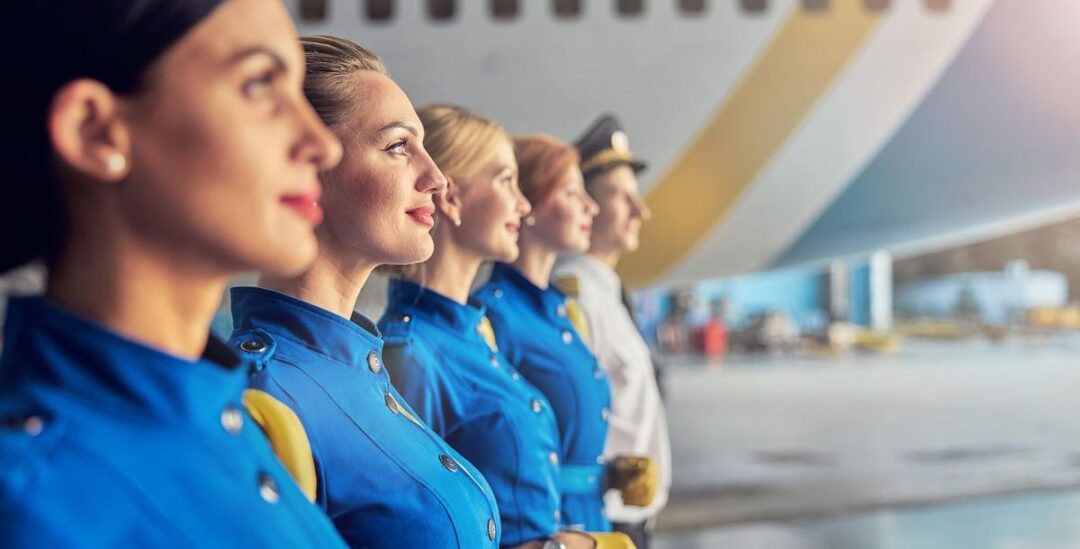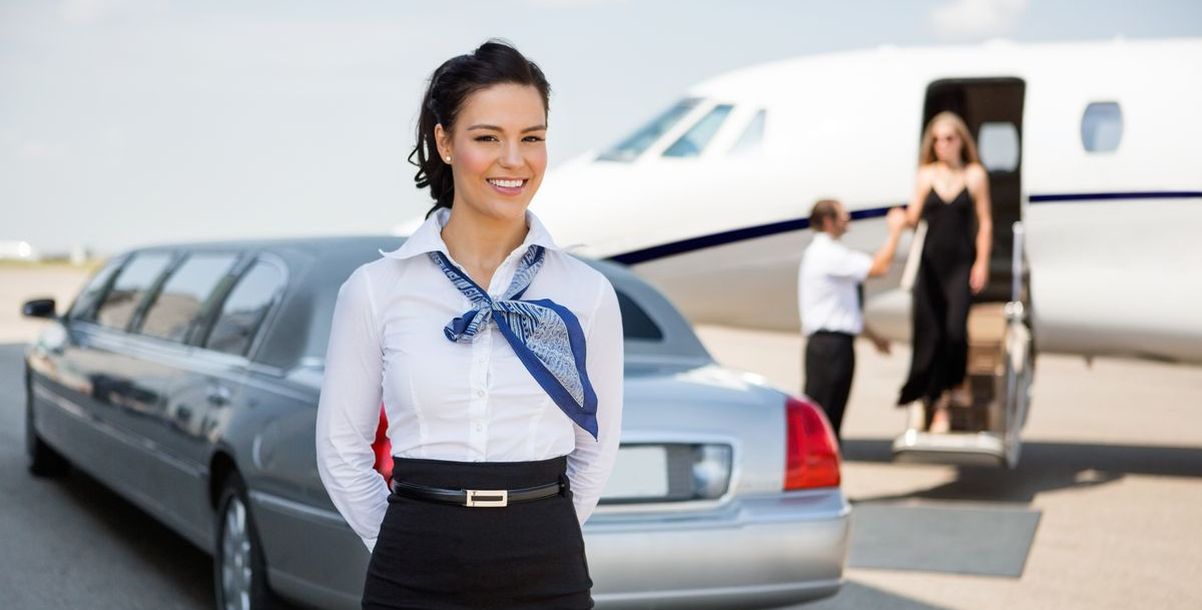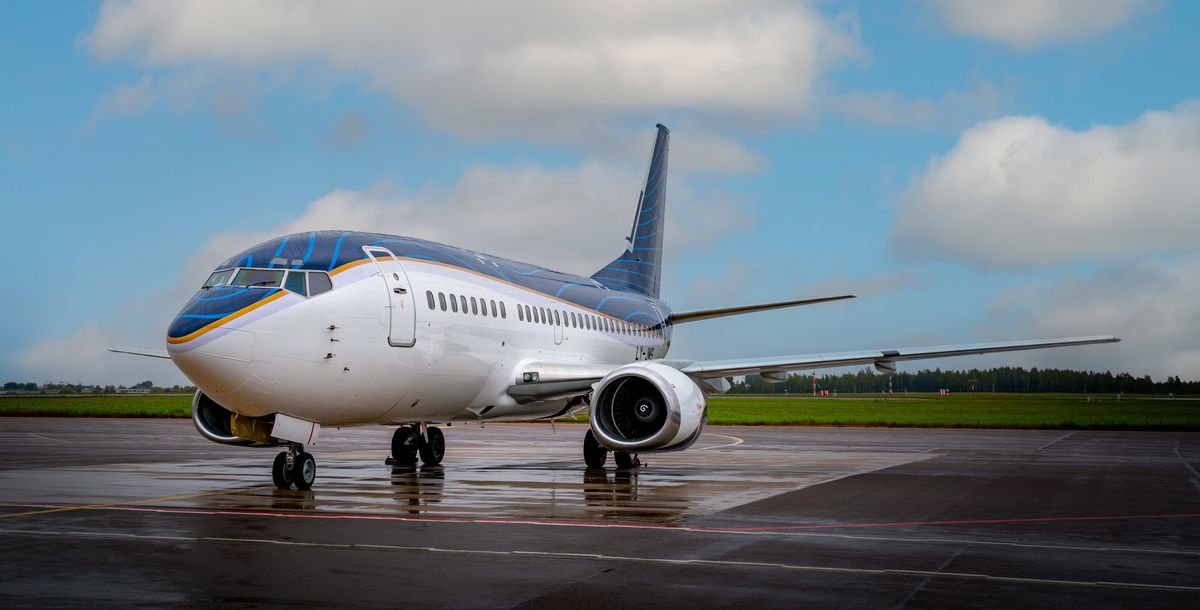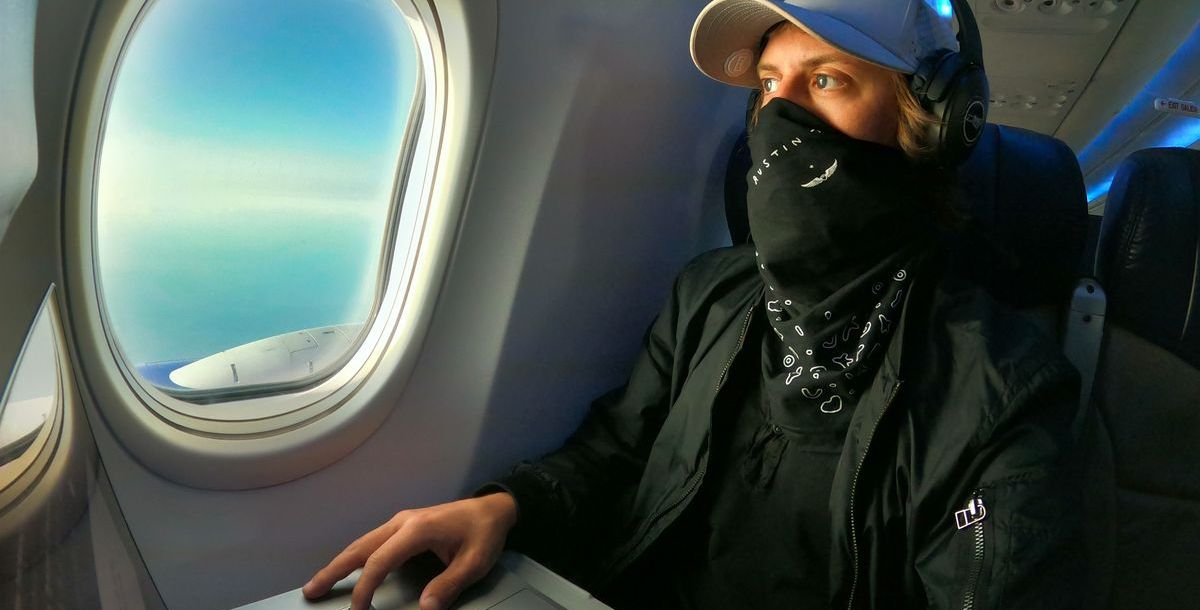For those who are looking to change up their career, aviation holds a number of different choices to pick from – but very few that require only basics to join. The most popular one among them that is considered both rewarding and adventurous is cabin crew.
As air traffic is expected to rise at an annual growth rate of 4 % worldwide, according to latest statistics, so does the demand of cabin crew members.
Over the next 20 years, the highest demand is predicted in Asia Pacific and Europe with around 178,000 for new flight attendants in each region, followed by North America with 170,000.
The expansive growth indicates more future opportunities to either switch up or start a career in aviation.
“Cabin crew as a career path offers a lot of great opportunities for those who seek for a more dynamic job, since it’s a position that involves adapting to new places, people, and cultures while moving around as per rostered flights,” explains Alison Dsouza, Director of Aerviva Aviation Consultancy, a Dubai-based international consultancy, specializing in aviation recruitment and document management.
“Unlike most of the other positions in aviation, the first step for future flight attendants is to get the gig – essentially, get hired by an airline. After that, they start an intensive training course, which can last anywhere between three to six weeks, depending on the airline and region.”
However, during the application period, candidates have to meet several baseline requirements to be eligible to apply, notes Dsouza. Applicants must be 18 years of age and hold a high school diploma or a graduate equivalency diploma (GED).
Passing enhanced background checks and pre-employment medical tests is essential to ensure the utmost safety on the ground and in the skies. Additional skills like communication and problem solving, usually gained through experience in customer service or hospitality industries, could be the needed boost to pass the recruitment process.

“Once the applicant begins their onboarding, they undergo a wide range of trainings to attain proper skills, competences, and certifications,” specifies Dsouza. “Mandatory courses include mastering safety procedures, emergency responses and first aid. Alongside that, applicants without significant prior experience in customer service can also undergo trainings for related soft skills.”
While day-to-day tasks for a flight attendant vary from airline to airline, Dsouza shares some examples of what cabin crew members might take on.
“Before a flight, cabin crew attends a staff meeting about the route and schedule, checks supply on the aircraft and makes sure all emergency equipment is working properly. Greeting boarding passengers, checking documents, and demonstrating emergency equipment and procedures is something that everyone who’ve flown before are most familiar with, when it comes to flight attendant responsibilities. During the flight, cabin crew make sure to provide travellers with excellent customer service and are prepared for a variety of tense or challenging situations while in the air.”
Dsouza notes that further career opportunities require a sizeable experience as a flight attendant. With this, one can progress to cabin crew supervisor or a senior air cabin crew role or branch out to ground-based positions like cabin crew training, recruitment and more.
With air travel back in business, the interest in aviation-related career opportunities, too, is growing. For most looking to enter this particular job market or change up their current careers, becoming a part of cabin crew seems like the perfect steppingstone.
© Photos: svitlanahulko85.gmail.com, de.depositphotos.com
















